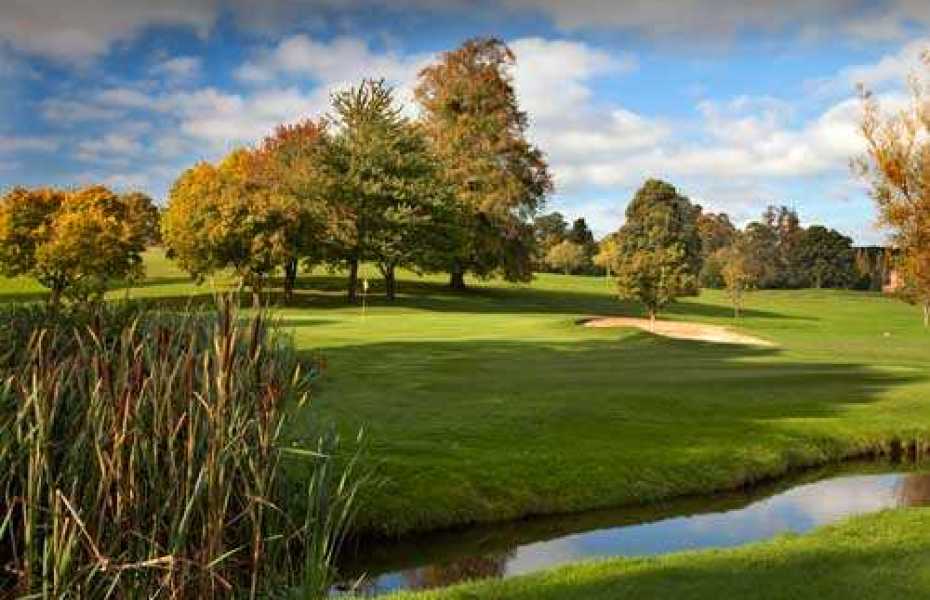The Rolls of Monmouth is a championship parkland course of 6,730 yards par 72 from the back tees. It is 4 miles west of Monmouth and set in superb countryside with spectacular views of the Welsh hills.
The mansion was originally a hunting lodge and was the former home of Charles Stewart Rolls, the co-founder of the Rolls Royce motor company. Charles had many unusual interests for a young man of his background. During his holidays from Eton he supervised the installation of the first electricity supply to the family home. He read mechanics at Cambridge and bought his first car, a 33/4hp Peugeot whilst on a visit to Paris. Driving home from Cambridge to Monmouth for Christmas took him three days despite achieving a remarkable 12 mph. He arrived at midnight to be greeted by delighted crowds who had never seen a car before.
He took part in many races on the continent, including the Paris to Berlin Race of 1901, before setting up a car sales and repair company, CS Rolls of Fulham, in 1902, selling mainly Panhard vehicles.
When he met Frederick Royce in 1904, and saw the quality of the car he had built, he immediately suggested joining forces to manufacture their own cars.
Charles, however, was not only interested in cars. In fact, from 1906 to 1909, he spent much of his time and energy on the new sport of ballooning, organising frequent races and ballooning parties at the Monmouth estate.
In 1908, Charles went to France to meet the Wright Brothers and was thrilled to fly with Wilbur in his latest biplane. Flying immediately became a passion.
He taught himself to fly, firstly in a glider and then in a Wright Brothers biplane, assembled by the Short brothers, ballooning friends, who were destined to build many famous planes, including the Empire and Sunderland flying boats.
Within a month of learning to fly, Charles had won a trophy for being the first Briton to fly a distance of half a mile. Early in 1910 the first pilots’ licences were issued and he received licence number two. In June of that year he became a national hero when he made the first non-stop return flight across the Channel, in a time of 90 minutes. Arriving back to an enthusiastic welcome from a huge crowd at Dover, he was complimented on his momentous feat. “The plane behaved well,” he said, “I just sat in it”.
Less than six weeks later he was dead, the first British victim of an aeroplane crash. His plane broke up in mid-air at a flying display at Bournemouth and thousands saw the young hero plunge to his death.
Back in 1982 Tony Jacklin asked why The Rolls was being kept a firmly guarded secret. Greg Norman described the four short holes as 'fantastic'.











